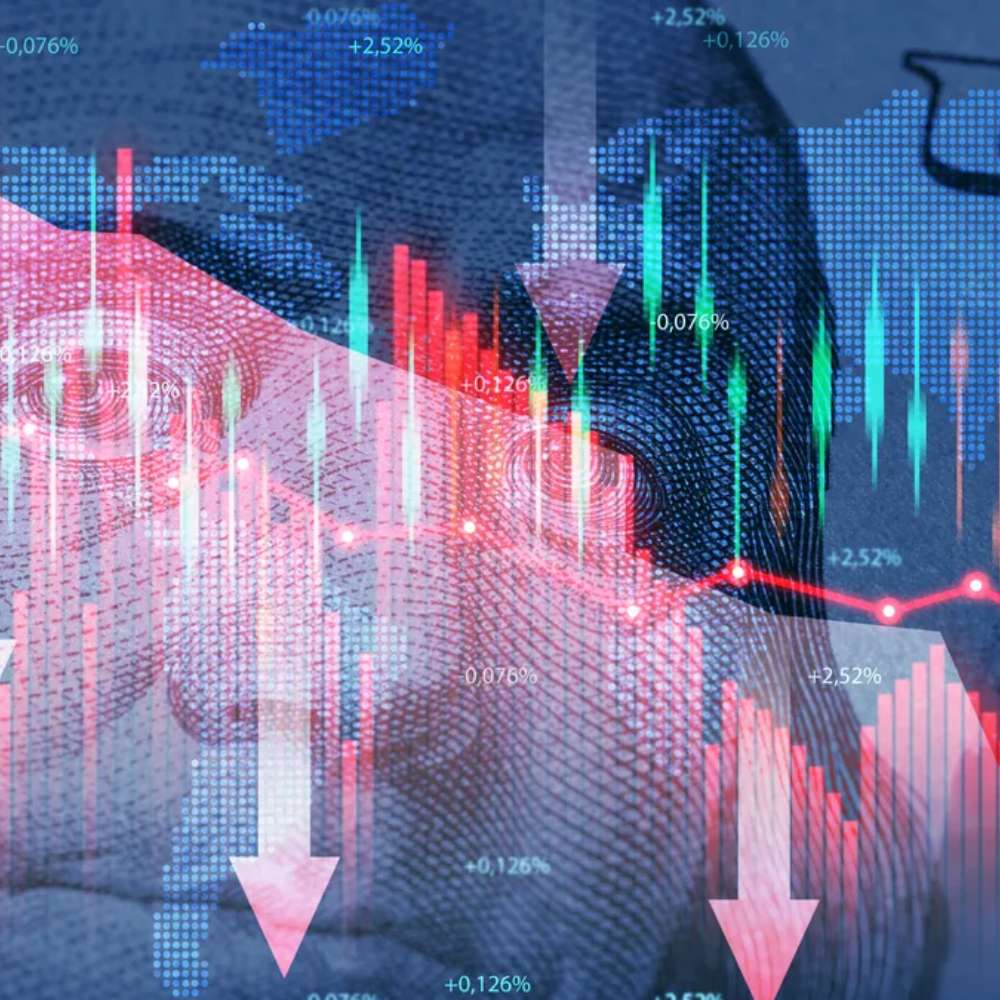US Markets Slide as Tariff Fears Grow
Global stock markets witnessed sharp declines on Monday, April 7, as fears surrounding U.S. trade policy continued to shake investor confidence. President Donald Trump’s firm stance on newly announced tariffs sparked uncertainty, pushing major indices downward. The S&P 500 — which represents the performance of 500 of the largest publicly traded U.S. companies — briefly entered bear market territory for the first time since 2022. This movement signals heightened selling pressure among investors concerned about the economic impact of the tariffs and a potential slowdown.
Understanding Bear Markets and Their Triggers
A bear market is defined by a drop of at least 20% in a stock index from its most recent high. While not an official classification, the term is widely used to denote a significant and sustained market decline. It contrasts with a bull market, where stock prices rise at least 20% from a recent low. Investors should also distinguish bear markets from corrections, which involve declines of 10% or more.
Bear markets occur when more investors choose to sell rather than buy stocks, often driven by concerns over the economy, global instability, or market overvaluation. Events like oil shocks, wars, or economic slowdowns can all contribute to a loss in investor confidence. While a bear market often precedes a recession—defined as two consecutive quarters of GDP decline—it is not a guaranteed indicator. In fact, according to NBC New York, about one in four bear markets in the U.S. have not resulted in a recession.
Historical Context and Market Trends
Though unsettling, bear markets are a recurring part of financial history. According to Fidelity Investments, the U.S. stock market has entered bear territory approximately every six years over the past century and a half. On average, these bear markets have lasted around 18.9 months, based on data from Howard Silverblatt, senior index analyst for S&P Dow Jones Indices.
India’s stock market has also seen its share of bear markets, most notably during the 2008 global financial crisis. In just under two months—from September 8 to November 6, 2008—the Nifty 50 index plunged by over 35%, highlighting how global events can impact even the strongest economies. While these downturns can unsettle markets and investors, they are also part of a longer financial cycle, often followed by recovery and growth.
As global economic uncertainty continues, investors and analysts will be closely watching how markets respond in the coming weeks—and whether current trends signal a prolonged slowdown or a temporary dip.







